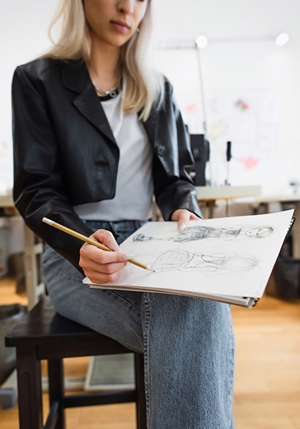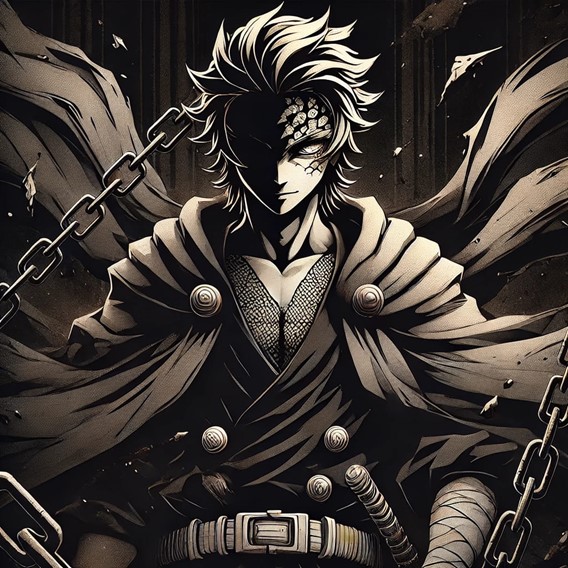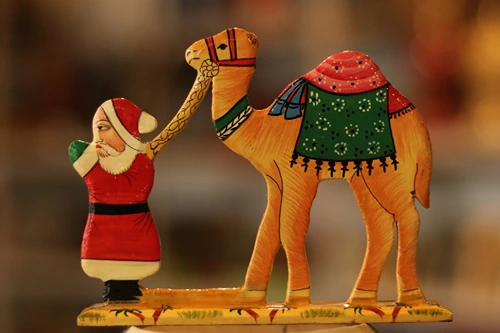Drawing Anime Villains: Designing Compelling Antagonists
Villains are the backbone of any gripping anime narrative. They challenge our heroes, drive the plot, and often leave an indelible mark on the audience. Creating a compelling antagonist involves more than just a sinister smile and a dark cloak. It’s an art form that requires thoughtful design and deep understanding of character dynamics.
Villains must be more than mere obstacles; they should embody complex motivations and evoke both fear and empathy from the audience. By delving into the intricacies of their character, we can appreciate how they shape and are shaped by the story.
Understanding the Role of a Villain
Definition and Characteristics
A villain is typically characterized by their opposition to the protagonist. They possess traits that starkly contrast with the hero’s virtues, making them formidable adversaries. However, what makes them truly compelling is their complexity—villains often have relatable motives and backstories that blur the lines between good and evil.
Purpose in the Story
Villains are crucial as they drive the narrative forward. Their actions create conflict, pushing the hero to evolve and adapt. In “Naruto Drawing,” for example, villains like Orochimaru and Madara Uchiha are not just obstacles but catalysts for Naruto’s growth, compelling him to surpass his limits.
Types of Villains
There are various villain archetypes in anime drawing, each adding unique flavors to the story:
- The Anti-Hero: A character with a morally ambiguous stance.
- The Mastermind: A cunning villain who plans meticulously.
- The Tragic Villain: One whose backstory evokes sympathy, despite their actions.
Conceptualizing Your Villain
Backstory Development
A well-rounded villain has a rich backstory. Consider their origins, pivotal life events, and experiences that shaped their worldview. For instance, crafting a tragic past for your villain can add depth and elicit empathy from the audience.
Motivations and Goals
Understanding your villain’s motivations is key. What drives them to commit their actions? Are they seeking revenge, power, or perhaps redemption? Clear motivations make their actions more believable and engaging.
Personality Traits
Define key characteristics that shape their behavior. Are they manipulative, ruthless, or perhaps charismatic? These traits will guide their interactions and decisions throughout the story.
Visual Design Elements
Physical Appearance
Your villain’s physical features should reflect their personality and role.
- Facial Features: Sharp eyes, scars, or unique markings can convey their sinister nature.
- Body Type and Posture: A towering, imposing figure can instill fear, while a lean, agile build might indicate cunning and speed.
Costume Design
Costumes play a crucial role in defining a character’s identity. Dark colors often symbolize evil, but mixing in unique elements can make your villain stand out. Accessories like masks, capes, or intricate armor can add layers to their persona.
Symbolism
Incorporate symbols that reflect their background and motivations. For example, a villain with a vendetta against the protagonist might carry a keepsake from their past, like a broken pendant or a scar given by the hero.
Drawing Techniques
Sketching the Basics
Begin with rough outlines and shapes. Focus on capturing the essence of your villain’s form and posture. This stage is crucial for laying down the foundation of your design.
Refining the Design
Add details to enhance personality and backstory. This includes refining facial expressions, adjusting posture, and adding intricate details to their costume.
Line Art and Inking
Use clean, expressive lines to bring your sketch to life. Inking adds depth and clarity, highlighting key features and enhancing the overall impact.
Coloring and Shading
Color choices can significantly affect the mood of your drawing. Dark, muted tones often convey menace, while vibrant accents can highlight specific attributes. Shading adds depth, creating a three-dimensional effect that makes your villain more lifelike.
Bringing Your Villain to Life
Expression and Emotion
Capturing the emotional range of your villain is crucial. Whether they’re plotting in the shadows or facing off against the hero, their expressions should convey their inner turmoil and intentions.
Dynamic Poses
Dynamic poses make your characters appear more lifelike and engaging. Action poses, such as a mid-battle stance or a menacing glare, can convey power and menace. Experiment with different angles to find the most impactful representation.
Interaction with Other Characters
How your villain interacts with other characters can further define their personality. Are they manipulative, using others as pawns in their schemes, or do they prefer direct confrontation? These interactions can reveal much about their nature and add depth to their character.
Case Studies and Examples
Iconic Anime Villains
Analyzing popular villains can provide valuable insights. Characters like Light Yagami from “Death Note” and Hisoka from “Hunter x Hunter” are iconic for their unique designs and complex personalities. Studying these characters can inspire new “Drawing Ideas” for your own creations.
Breakdown of a Villain Design
Let’s create a sample villain design step-by-step:
- Concept: A former hero turned villain seeking revenge.
- Appearance: Sharp features, a scarred face, and a dark, tattered cloak.
- Costume: Incorporate elements from their past hero identity, now twisted and darkened.
- Expressions: Mix of anger, sorrow, and determination.
- Poses: Dynamic stances that reflect their internal conflict.
Tips and Tricks
Avoiding Clichés
While certain tropes are popular, it’s essential to add unique elements to make your villain stand out. Avoid overused stereotypes and strive for originality.
Seeking Feedback
Getting critique from peers or mentors can help refine your design. Constructive feedback can highlight areas for improvement and inspire new ideas.
Staying Inspired
Keep your creativity flowing by exploring different art styles and mediums. Watching anime, reading manga, and participating in art communities can provide fresh “Drawing Ideas.”
Conclusion
Drawing anime villains is a multifaceted process that requires a blend of creativity, technical skill, and storytelling. By understanding their role in the story, developing a rich backstory, and paying attention to visual design elements, you can create compelling antagonists that leave a lasting impact on your audience. Whether you’re inspired by “Naruto Drawing” or exploring new “Drawing Ideas,” the key is to imbue your villains with depth and personality, making them as memorable and engaging as the heroes they oppose.
Additional Resources
Books and Tutorials
- “Manga for the Beginner: Everything you Need to Start Drawing Right Away!” by Christopher Hart
- Online tutorials on platforms like YouTube and drawing123
Communities and Forums
- DeviantArt
- Reddit’s r/AnimeDrawing
- ArtStation
With these tips and resources, you’re well on your way to mastering the art of drawing anime villains. Happy drawing!





